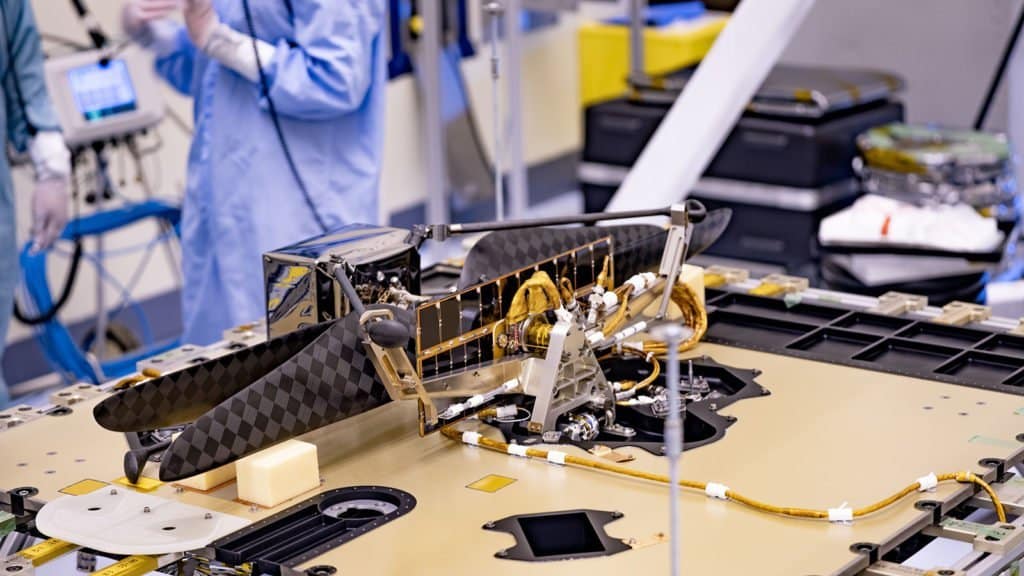NASA's Perseverance rover and the Mars 2020 mission are rapidly taking shape as the launch window scheduled for mid-July approaches.
The Perseverance robot is by far the most advanced piece of technology that NASA has ever sent on Red planet. The Rover and the “colleagues” that will accompany it in Mars 2020 are full of instruments that will provide scientists with all kinds of interesting information about our dusty neighbor.
Now, about 14 weeks into the launch window, the Jet Propulsion Laboratory of NASA has reached a critical point in the final assembly of the rover by installing mars-helicopter. Yes, you read that correctly. A helicopter on Mars.
The Mars Helicopter is one of the most exciting elements of the Mars 2020 mission, and if successful, it will be the first time humanity has attempted controlled flight on a planet other than Earth.

In flight, calmly
The helicopter will not take to the skies soon after the rover arrives on Mars. It will spend almost three months in the belly of the Rover waiting for the moment to soar. How do you explain NASA's Jet Propulsion Laboratory in a new post, the rover will travel at least a hundred meters before the helicopter has a chance to take off.
Mars Helicopter and its “charging base”
The waiting time necessary for departure will also serve to collect energy from its base, the Perseverance Rover. Next, the helicopter will generate its own electricity through a solar panel located above its double counter-rotating propellers.
Mars Helicopter is quite small, It weighs just 4 pounds and its 1.2-meter propeller system should provide plenty of lift. The helicopter will have up to a month to show what it can do after it's deployed, but NASA is holding back its expectations.
In Indeed, the helicopter has no real scientific purpose. It will not collect samples or analyze anything. It will simply demonstrate (and for me it is no small thing anyway) what could be possible when it comes to flying in the subtle atmosphere of the Red Planet.


